The US nuclear base hidden under Greenland’s ice for decades
The underground site, which was designed to store 600 medium-range ballistic missiles during the Cold War, reveals the extent of US involvement in Greenland going back over half a century.
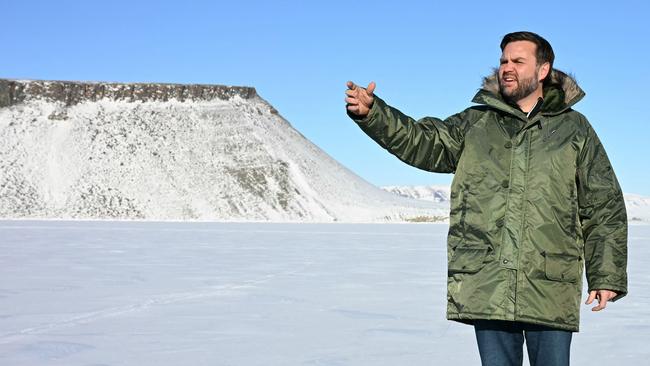
While flying above the Arctic Circle last spring, a team of NASA scientists testing a new radar system over northern Greenland detected something unusual.
Deep into the ice sheet, their instruments showed, sat a cluster of settlements connected by a network of tunnels, like a bygone civilisation frozen in time.
“It’s like flying over another planet, and it’s hard to imagine anyone or anything ever being able to survive there,” said NASA scientist Chad Greene, who was on the plane.
What the scientists saw on their screens wasn’t a lost civilisation but remnants of a US military base built under the ice during the Cold War.

The base was part of an ambitious and clandestine Pentagon plan, known as Project Iceworm, to build a network of nuclear-missile launch sites beneath the Arctic ice. The underground site, which was designed to store 600 medium-range ballistic missiles, reveals the extent of US involvement in Greenland going back over half a century.
Camp Century, as the outpost was called, was partially constructed in 1959, and abandoned in 1967 after the ice sheet was deemed too unstable to support the proposed missile-launch network. Over the years, ice accumulated and the facility is now buried under at least 100 feet of ice.
The camp was known to some before the recent National Aeronautics and Space Administration overflight as an ostensible research facility, but its real military purpose was classified until 1996. Greene and his colleagues captured the first full picture of the camp in its entirety in December.
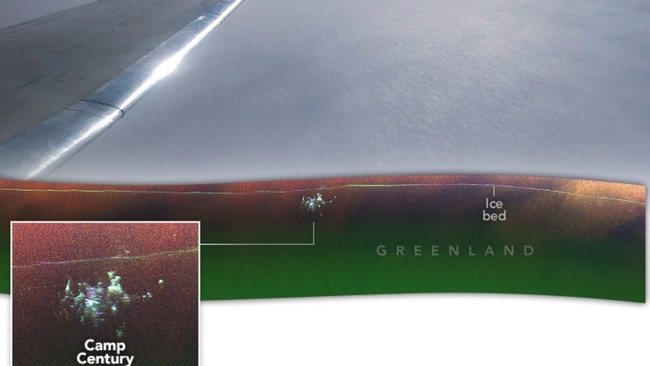
More than just a relic of Cold War folly, Camp Century is a reminder of the US’s longstanding presence on the Danish territory of Greenland, a position that at times has been controversial. Historically, to maintain sovereignty over Greenland, Denmark has had to relinquish part of the territory to the US.
President Trump has gone even further. Trump has criticised Denmark for failing to adequately secure Greenland, the world’s largest island, and threatened to take the territory by force in the name of American national security.
The US already has the right to establish bases in Greenland if it wishes to do so, according to a 1951 treaty with Denmark that enabled it to construct Camp Century, something Danish politicians have reminded Washington of publicly in recent weeks.
Officials in Greenland and Denmark have attempted to fend off Trump by demonstrating they are open to an enhanced American military presence while rejecting a full US takeover of the territory.
At one point during the Cold War, the US maintained 17 bases in Greenland, including Camp Century, and kept about 10,000 troops there. Today, the number of forces has shrunk to fewer than 200 in one base, the Pituffik Space Base, formerly known as the Thule Air Base.
The presence of US nuclear weapons has historically been a source of friction with Denmark. The US military at the time didn’t disclose Camp Century’s nuclear-related purpose to Copenhagen, a self-declared nuclear-free zone.
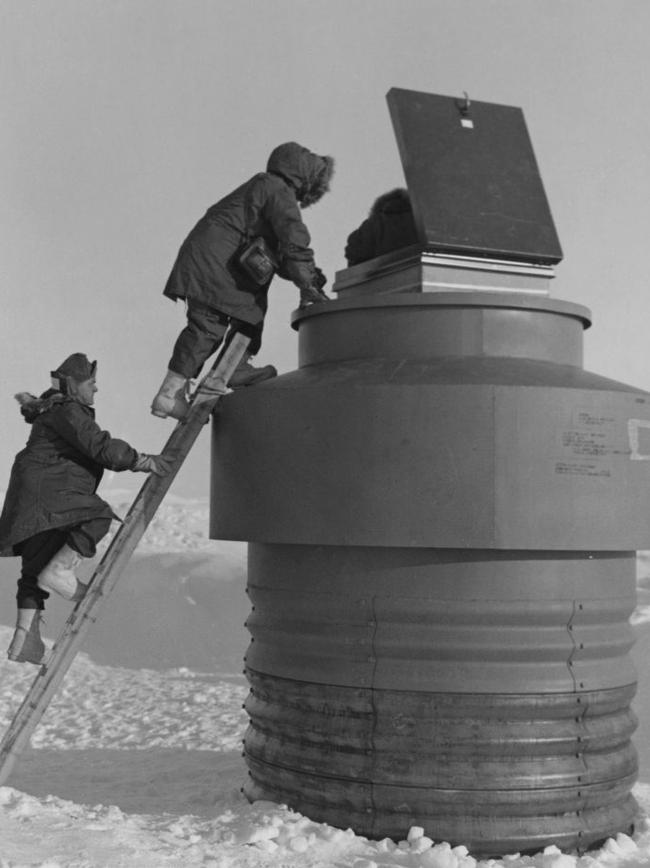
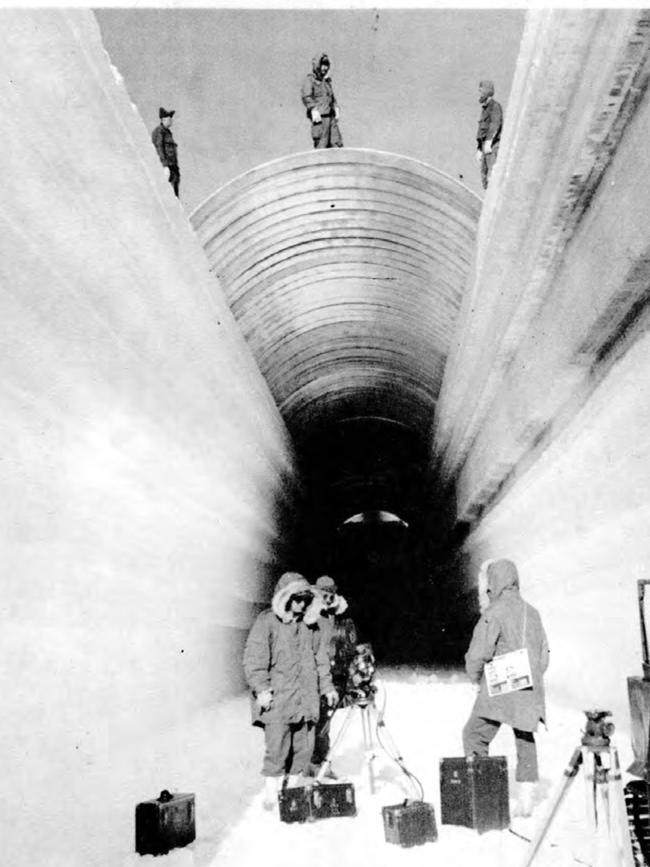
In 1968, a nuclear-armed B-52 bomber crashed near the Thule Air Base, causing the payload to rupture and disperse, leading to radioactive contamination of the sea ice. The incident led to public controversy in Denmark, as did the revelation that the US stored nuclear weapons at the Thule Air Base without informing Copenhagen or Greenland.
Recently, Trump’s campaign to take control of Greenland, and reporting in The Wall Street Journal that the US is stepping up espionage on the island, has unsettled Greenlanders, pushing them closer to Denmark.
Mineral-rich Greenland has been a part of US Arctic security considerations since the beginning of World War II. At the time of the German occupation of Denmark in 1940, Greenland was a Danish colony. The US was concerned about the Germans occupying the island as a base for military operations closer to America.
In 1941, the Danish representative to Washington, contravening directives from Copenhagen, signed a deal that transferred responsibility for Greenland’s defence to the US and gave Washington the right to establish bases on the island.
After the end of the war, the US refused Denmark’s demand that it leave Greenland, and instead offered to buy it for US$100 million. Denmark rejected the offer. In 1951, the Danish parliament ratified the 1941 treaty, allowing the US to maintain troops on the island.
“In the 1940s Denmark learned that if you say no to the US, the US will go ahead anyway,” said Ulrik Pram Gad, senior researcher with the Danish Institute for International Studies. The Trump administration has caused fear in Greenland that this is still the case, he said. “Denmark has been allowed to maintain sovereignty over Greenland by outsourcing some of it – security – to the US,” Gad said.
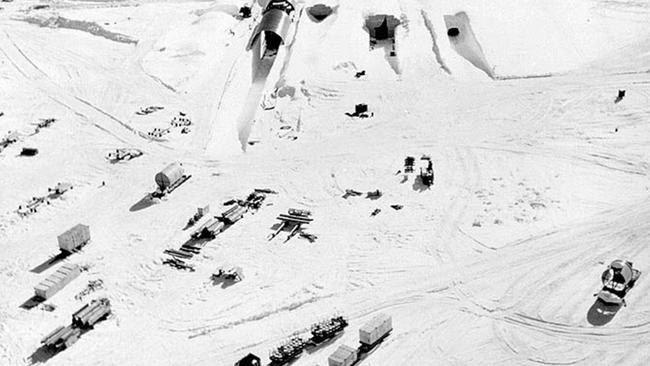
The Pentagon publicly hailed the construction of Camp Century as an achievement of engineering, but its real purpose remained classified, even to many of the men who served there.
Robert Weiss, a physician who was in his 20s in 1962 when he cut short his residency at New York’s Bellevue Hospital to deploy to Camp Century, said he believed the base was merely a research station, until the Pentagon’s secret plans were declassified almost 30 years ago. He says he didn’t pay much attention to geopolitics, though he was aware that the base’s location was strategic.
“We did realise that it was important; that the Russians could come over the top of the Pole,” said Weiss, who did two tours in northern Greenland.
With 21 interconnected tunnels spanning nearly 2 miles, carved directly into the ice sheet, the base was powered by a nuclear reactor that had been dragged more than 130 miles across the ice sheet. Sleeping quarters, a gym, latrines, labs and a mess hall supported about 200 military personnel.
“When I got there, it was blowing snow and minus 50 degrees,” Weiss remembered. With no reason to venture outside, where there was little daylight in the winter, he would stay underground for weeks at a time. The underground caverns were reasonably warm, the food was good and beer was available in the evenings. “It wasn’t very hard living from that standpoint,” he said.
The harsh climate prompted jokes among the men on the base.
“We used to say that there was a pretty girl behind every tree,” Weiss said. “Of course, there was one problem: There were no trees.” Only one woman, a Danish doctor, is known to have set foot on the base.
It took six decades and extremely sophisticated equipment for the scale of Camp Century to be exposed. When Greene, who is a cryospheric scientist at NASA’s Jet Propulsion Laboratory, flew over northern Greenland, his team was testing a radar instrument known as UAVSAR, which can see through ice, much like a sonar penetrates water.
They were hoping to map the bottom of the Greenland and Antarctic ice bed, where glaciers rest on continental bedrock kilometres below the surface of the ice, to forecast how much and how fast the sea level will rise.
Weather dictates where NASA scientists fly in extreme regions such as northern Greenland, and they selected the route just before takeoff. The discovery of Camp Century happened by chance, but was a thrill of a lifetime, Greene said.
“You see how the buildings and tunnels were connected, how people had to move about in their day-to-day life, and think what a wild experience it must have been to be stationed there,” he said.
The Wall St Journal





To join the conversation, please log in. Don't have an account? Register
Join the conversation, you are commenting as Logout